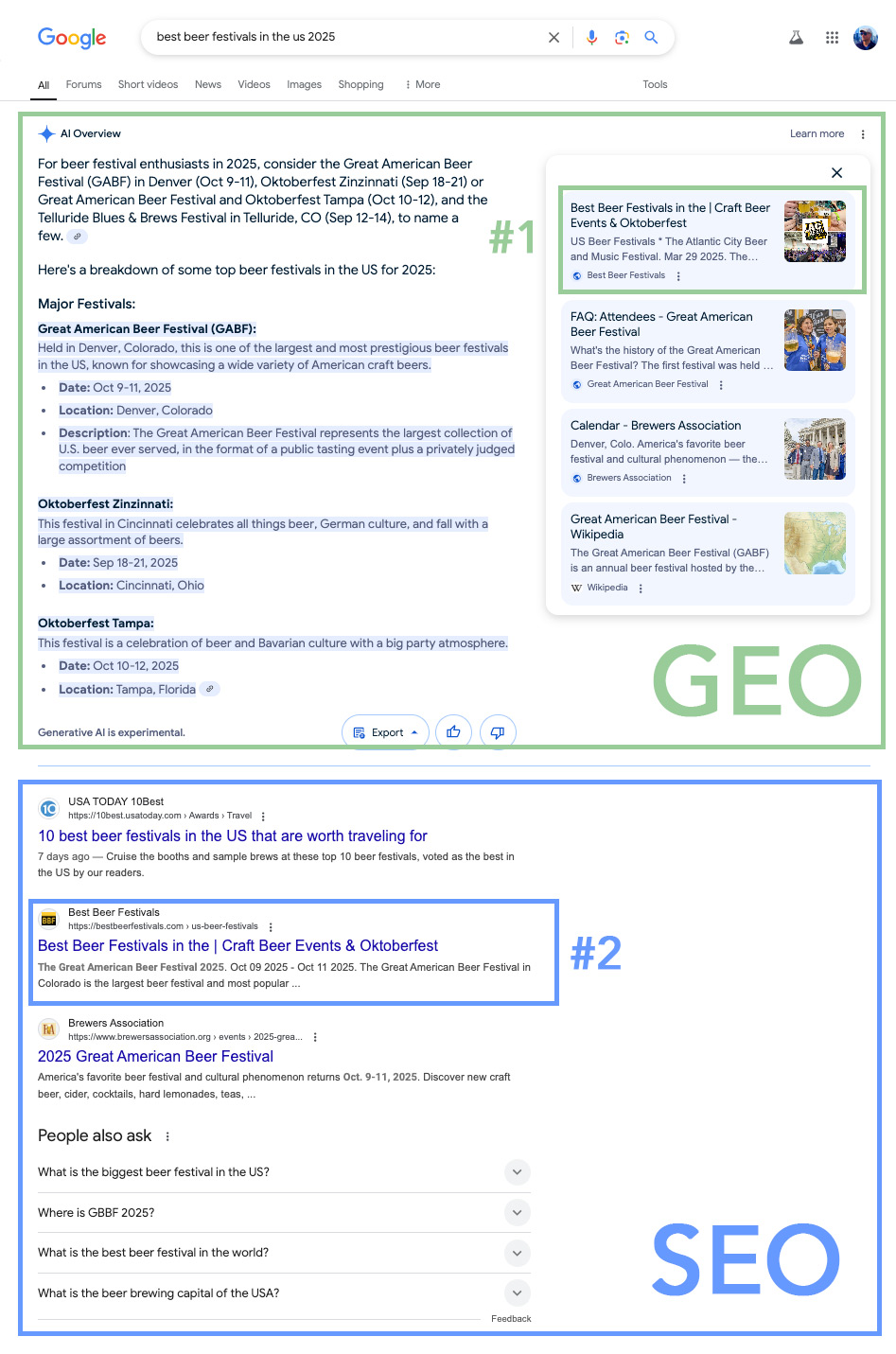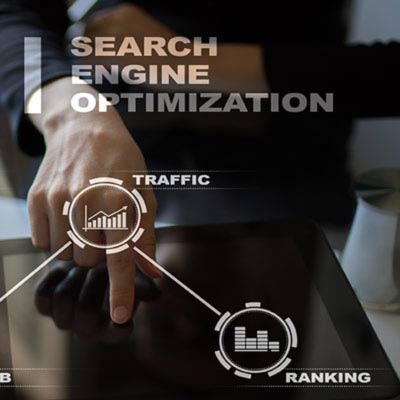Introduction
The digital world is changing fast, and so are the ways businesses get noticed online. Generative Engine Optimization (GEO) is stepping up as the next big thing, much like Search Engine Optimization (SEO) did years ago. Instead of focusing only on Google rankings, GEO helps businesses stay relevant in AI-powered search results, ensuring their brand is part of the conversation in tools like ChatGPT and Google Bard.
What is GEO?
GEO is all about making sure AI-driven platforms pick up and share your content in the best possible way. Instead of stuffing pages with keywords for search engines, businesses now need to feed AI models with structured, high-quality content that makes them stand out in AI-generated responses.
Pros and Cons of GEO vs. SEO
Pros of GEO
- More natural and conversational content.
- Better personalization for users.
- Works across multiple AI-powered platforms.
- Future-proof strategy as AI continues to evolve.
Cons of GEO
- Less predictable than SEO rankings.
- Requires new skills to optimize for AI.
- Less control over AI-generated results.
GEO vs. SEO: Key Differences
| Feature | SEO | GEO |
|---|---|---|
| Focus | Search engine rankings (Google, Bing) | AI-driven responses (ChatGPT, Bard) |
| Optimization | Keywords, backlinks, metadata | AI training data, structured content, prompt engineering |
| Interaction | One-way (search results) | Two-way (conversational AI) |
| Traffic Source | Organic search rankings | AI-powered recommendations |
| Longevity | Stable (with updates) | Dynamic (AI models update frequently) |
How to start with GEO?
Optimizing your website structure for Generative Engine Optimization (GEO) is the best way to start. It involves ensuring that AI-driven search engines can easily interpret, generate, and present your content effectively. Here’s how you can do it:
1. Create Clear & Logical Site Architecture
- Use a hierarchical structure with categories and subcategories.
- Ensure important pages are accessible within three clicks from the homepage.
- Implement breadcrumb navigation for better AI interpretation.
2. Optimize Content for AI Interpretation
- Write in natural language to help AI generate relevant responses.
- Use
<h3>and<h4>tags for clear content structure. - Include FAQ sections for AI-generated summaries.
3. Use Schema Markup & Structured Data
- Implement
FAQ,HowTo, andArticleschema. - Use organization, product, and event schema to enhance visibility.
<script type="application/ld+json">
{
"@context": "https://schema.org",
"@type": "FAQPage",
"mainEntity": [{
"@type": "Question",
"name": "How does GEO impact search results?",
"acceptedAnswer": {
"@type": "Answer",
"text": "GEO helps AI-driven search engines better interpret and rank content based on relevance and context."
}
}]
}
</script>
4. Improve Internal Linking & Contextual Relevance
- Use semantic connections for internal links.
- Optimize anchor text with descriptive keywords.
5. Optimize for Conversational & AI-driven Search
- Structure content to answer who, what, where, when, why, how questions.
- Include concise summaries at the beginning of articles.
6. Speed, Mobile-Friendliness & UX Matters
- Ensure fast-loading pages using optimized images and caching.
- Use responsive design for mobile accessibility.
7. AI-Friendly Multimedia Optimization
- Use
alttext for images to help AI understand visuals. - Provide transcripts for video and audio content.
By implementing these GEO strategies, your website will be more AI-friendly and optimized for **next-generation search engines**.

The graphic in this article illustrates how Generative Engine Optimization (GEO) and Search Engine Optimization (SEO) appear in Search Engine Results Pages (SERPs) at the same time for a user searching for the best beer festivals in the U.S. While BestBeerFestivals.com (website owned by the author of this article), ranks second in SEO below USAToday.com, it secures the top position in GEO. This demonstrates the importance of integrating GEO alongside SEO to create a balanced and effective optimization strategy.
Conclusion
While SEO focuses on traditional search engines, and GEO focuses on AI-driven search engines. GEO isn’t just another digital marketing trend - it’s the future of online visibility. Just like SEO transformed digital marketing in the past, GEO is now shaping how brands interact with AI-driven audiences. Businesses that adapt will thrive, while those that don’t risk falling behind in AI-generated content. For now, SEO and GEO can be used together to complement each other. For example, generative AI can help SEO by producing content, recommending keywords, and improving content organization.
The effectiveness of SEO working with GEO depends on your organization's goals, target audience, and resources. A balanced approach that incorporates both SEO and GEO is recommended for now.


























